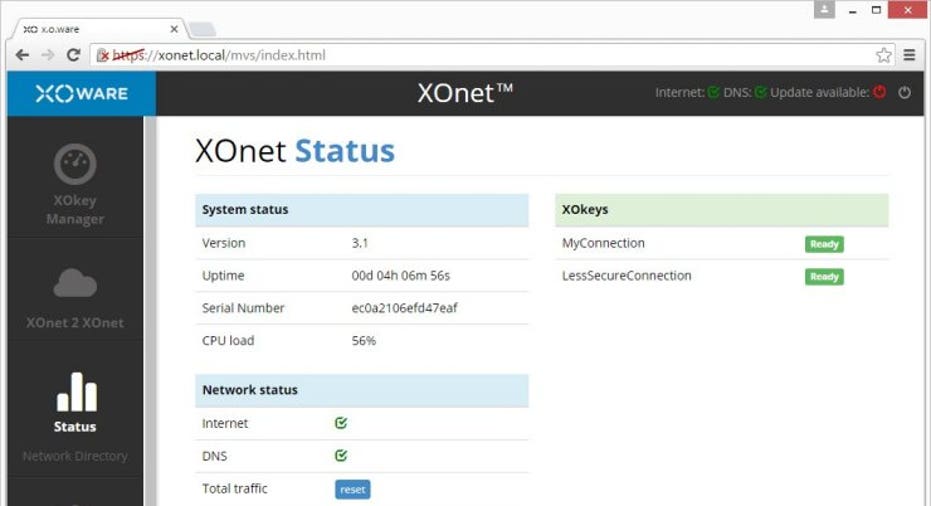There Is Only ONE Silicon Valley

Silicon Valley sits between the Santa Cruz (cross) and Mount Diablo (devil) mountains, a symbolic placement for those who see the benefits and pitfalls of a tech-savvy society.
Researchers in Silicon Valley helped create technology that led to the end of WWII in the 1940s, microprocessors that jumpstarted the computing revolution in the 70s and 80s, and, more recently, Internet-based start-ups that changed the way we live.
I grew up in San Jose in the 1950s. Our Victorian home was surrounded by fruit orchards, and during the summer, I would wake up to the fragrance of fruit being processed at nearby canneries. It smelled like strawberry or peach preserves all day long. There was little traffic, no smog, and jobs were mostly blue collar.
However, by the late 1960s and early 70s, Silicon Valley went through its urbanization period, and research centers at Stanford and Berkeley started turning out the engineering minds that have changed this region's fortunes and made it the center of the tech universe.
But every once in a while, I hear that some new region in the US or around the world is "the new" Silicon Valley. Have the folks who make this claim ever been to Silicon Valley and understand why it earned this moniker? What is often referred to as Silicon Valley now extends north to San Francisco and east to Oakland and the surrounding peninsulas that lead to the more traditional Silicon Valley.
It is within this region that the likes of Apple, HP, Google, Twitter, Intel, Facebook, Twitter, Oracle, Nvidia, LinkedIn, Salesforce.com, eBay, Tesla, Yahoo, and over 1,300 companies create much of the technology that impacts people's lives all over the world. Mountain View is home to Google, but also an Amazon research lab and one of Microsoft's most important campuses. Every day, hundreds of engineers from all over the world come to Silicon Valley to buy tech, meet with researchers and engineers, and try to learn how to create the next big thing.
This region has over 220,000 tech employees, most of whom are engineers or people with key technical degrees or specialized tech skill sets. Add another 75,000 non-technically trained support staff, and you have close to 300,000 involved in tech. And don't underestimate the role of Stanford, Berkeley, and other tech-focused schools in the area that contribute to the Valley's innovations.
Of course, there are other major pockets of tech in the US, especially Austin and Dallas in Texas, Route 128 in Massachuetts, Triangle Park in North Carolina, and the Seattle area, home to Amazon and Microsoft. Globally, Shenzhen, China, is the one region that has some of the same flavor of Silicon Valley in terms a concentration of tech companies and research facilities.
All of these areas are very important to the overall world of tech, but Silicon Valley is its own beast. Its entrepreneurs and risk takers are at the center of how this region developed and why it continues to thrive. It is also where the most important risk capital is; Sand Hill Road in Menlo Park has the largest concentration of VCs focused on tech in the world.
Add to that the fact that Silicon Valley has attracted top Japanese, Taiwanese, and Korean companies, which have set up R&D facilities in the region. Now, it's also attracting auto makers that are working on autonomous cars and other connectivity options.
But if you want another reason for why Silicon Valley is different than any other high-tech city, it's also a tourist attraction. As early as 1991, I was asked to lead tours of Silicon Valley for Japanese tourists who wanted to visit companies like Intel, Apple, and AMD, and shop at what was then the largest Fry's tech store in the world. I remember feeling like a Hollywood homes tour guide as they got out of the bus to take pictures of themselves in front of company signs.
This is still the case. "Quietly but indubitably, tech tourism has become a thing," Silicon Valley's main newspaper, the Mercury News, wrote last week. "Hundreds of people a day visit the Facebook sign and Google's Android sculpture garden in Mountain View, with many stopping at other tech giants as well, snapping photos and shooting video. And they don't even get to go inside."
"Everything is huge, just huge. One company is like one city in Japan," one Japanese tourist commented.
Yes, there are other great tech centers in the world. But there is only one Silicon Valley. It is hard for me to see anything else like it, especially with its scope, risk-it-all culture, and tech-focused investment capital, all within 40-50 minutes of each other.
Silicon Valley is a one-of-a-kind place, and I believe that its role in the world of tech will only accelerate. Much of the work in autonomous vehicles, augmented and virtual reality, and artificial intelligence is being developed here in Silicon Valley, and if history is our guide it will continue to reinvent itself over time. With its plethora of tech companies and hundreds of thousands of engineers constantly look for the next big thing and having the means to create it and bring it to market, The Valley should remain the tech center of our world for some time to come.
This article originally appeared on PCMag.com.